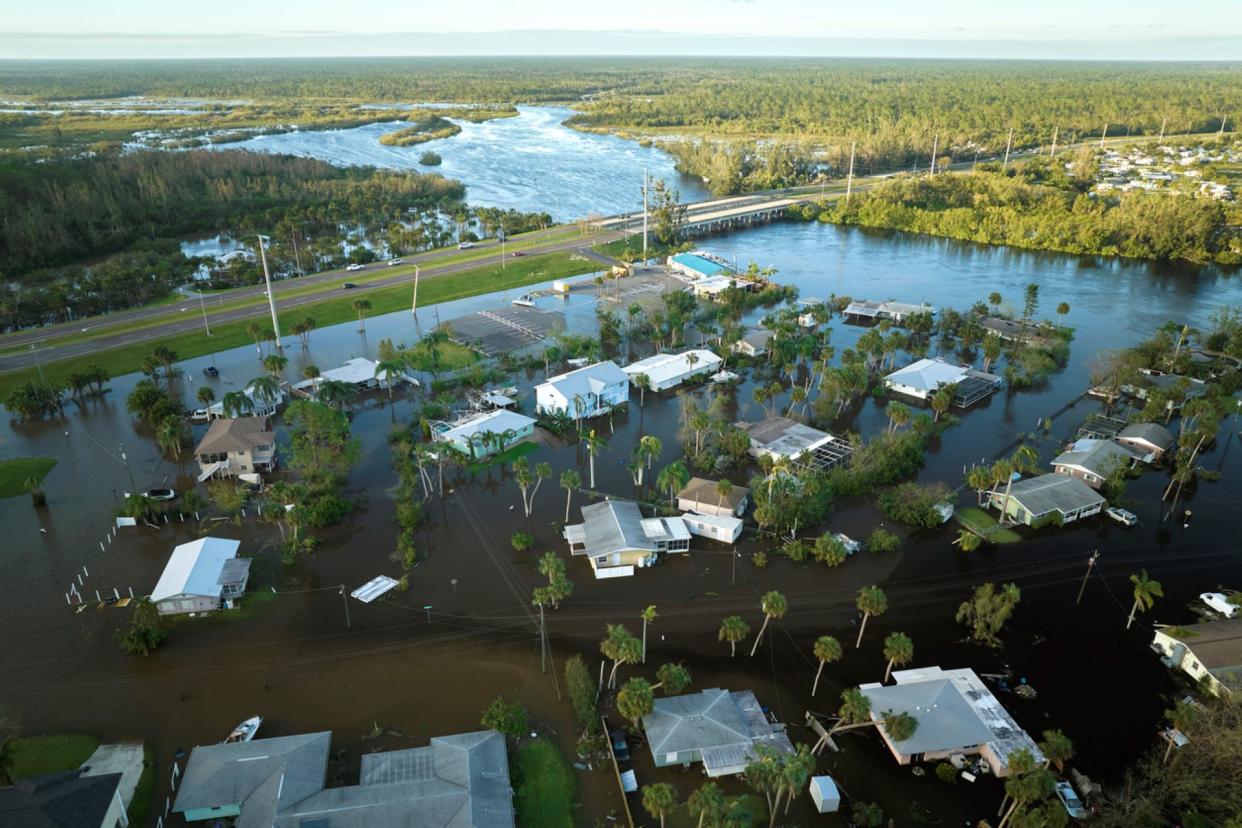New research reveals alarming reality of planning homes in certain areas: ‘We were allowing more people … to be at risk’

The pressure for real estate development has historically coincided with homes built on land at high risk of environmental damage. New research revealed how monumental this issue is and what it can mean for the future of floodplain real estate.
What’s happening?
The study, performed by researchers at the University of North Carolina at Chapel Hill, indicated that for every flood buyout in the state, ten new homes were built on floodplains, according to Yale Climate Connections (YCC)
A flood buyout occurs when the local or state government approaches a homeowner with an offer to buy their house at market value after it has been flooded. Once the house is purchased, it is demolished, and the space is closed out for future construction to ensure the area is not developed again. The research found that 5,000 properties were bought out over the past two decades, per YCC.
“So as we were trying to get people out and investing in helping people move to safer places, we were also allowing more people to move in and more lives and property, ultimately, to be at risk when those storms hit,” researcher Miyuki Hino told YCC.
Why does it matter?
The changing climate has increased extreme storms and flooding risk in the past few years. It is estimated that the state’s coastal areas will see an increase in sea level by four feet by 2030, according to the company North Carolina Flood Insurance, which could affect more than 76,000 people living in those areas. Flooding risk impacts an estimated 1.3 million acres, $8 billion of property, and 2,500 miles of road.
Despite the state’s increased severity of storms and floods, populations are still flocking to North Carolina. Residency in coastal areas, which are some of the most at risk, increased by over 105% between 1960 and 2008, per North Carolina Flood Insurance.
What’s being done about it?
Hino’s research suggested that land use planning entities need to consider how communities can be structured and built away from at-risk areas. This may look like incentivizing development away from floodplains via financial incentives and regulations.
It may also look like building better infrastructure, such as drainage basins, ditches, and constructed wetlands to minimize flooding damage.
Join our free newsletter for easy tips to save more, waste less, and help yourself while helping the planet.

